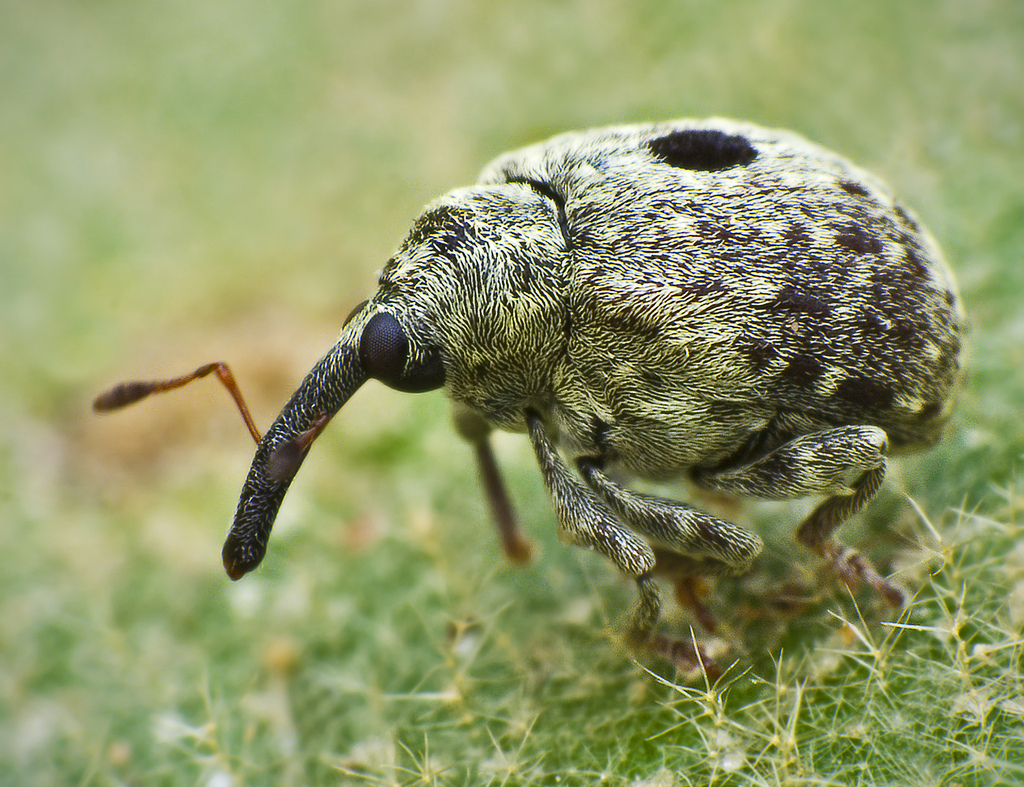|
Sampsonius Dampfi
''Sampsonius'' is a genus of beetles belonging to the family Curculionidae. The species of this genus are found in Southern America. Diagnosis: Characterized by a notably elongated and pale body. The pronotum is distinctly elongated with long paired serrations along the anterior edge and emarginate sides. The elytral declivity features spines and/or tubercles, often accompanied by long, dense setae. The antennal club is flattened, with the first and second sutures slightly to moderately curved and the first two segments sclerotized. Biology: Sampsonius species are domicile parasites that do not create their own galleries. Instead, the female seeks out the newly excavated gallery of another ambrosia beetle, often a Dryocetoides species, enters it, and consumes the original occupant. The female then uses this gallery to rear her brood. These species are typically found in seedlings or branches ranging from 2 to 8 cm in diameter. Taxonomy * Kingdom: Animalia (1ANIMK) * Phylum: Arthr ... [...More Info...] [...Related Items...] OR: [Wikipedia] [Google] [Baidu] |
Beetle
Beetles are insects that form the Taxonomic rank, order Coleoptera (), in the superorder Holometabola. Their front pair of wings are hardened into wing-cases, elytra, distinguishing them from most other insects. The Coleoptera, with about 400,000 described species, is the largest of all orders, constituting almost 40% of described arthropods and 25% of all known animal species; new species are discovered frequently, with estimates suggesting that there are between 0.9 and 2.1 million total species. However, the number of beetle species is challenged by the number of species in Fly, dipterans (flies) and hymenopterans (wasps). Found in almost every habitat except the sea and the polar regions, they interact with their ecosystems in several ways: beetles often feed on plants and fungi, break down animal and plant debris, and eat other invertebrates. Some species are serious agricultural pests, such as the Colorado potato beetle, while others such as Coccinellidae (ladybirds or ... [...More Info...] [...Related Items...] OR: [Wikipedia] [Google] [Baidu] |
Curculionidae
The Curculionidae are a family of weevils, commonly called snout beetles or true weevils. They are one of the largest animal families with 6,800 genera and 83,000 species described worldwide. They are the sister group to the family Brentidae. They include the bark beetles as the subfamily Scolytinae, which are modified in shape in accordance with their wood-boring lifestyle. They do not much resemble other weevils, so they were traditionally considered a distinct family, Scolytidae. The family also includes the ambrosia beetles, of which the present-day subfamily Platypodinae was formerly considered the distinct family Platypodidae. Description Adult Curculionidae can be recognised by the well-developed, downwards-curved snout (Rostrum (anatomy), rostrum) possessed by many species, though the rostrum is sometimes short (e.g. Entiminae). They have elbowed Antenna (biology), antennae that end in clubs, and the first antennal segment often fits into a groove in the side of the rost ... [...More Info...] [...Related Items...] OR: [Wikipedia] [Google] [Baidu] |
Sampsonius Alvarengai
''Sampsonius'' is a genus of beetles belonging to the family Curculionidae. The species of this genus are found in Southern America. Diagnosis: Characterized by a notably elongated and pale body. The pronotum is distinctly elongated with long paired serrations along the anterior edge and emarginate sides. The elytral declivity features spines and/or tubercles, often accompanied by long, dense setae. The antennal club is flattened, with the first and second sutures slightly to moderately curved and the first two segments sclerotized. Biology: Sampsonius species are domicile parasites that do not create their own galleries. Instead, the female seeks out the newly excavated gallery of another ambrosia beetle, often a Dryocetoides species, enters it, and consumes the original occupant. The female then uses this gallery to rear her brood. These species are typically found in seedlings or branches ranging from 2 to 8 cm in diameter. Taxonomy * Kingdom: Animalia (1ANIMK) * Phylum: Arthr ... [...More Info...] [...Related Items...] OR: [Wikipedia] [Google] [Baidu] |

